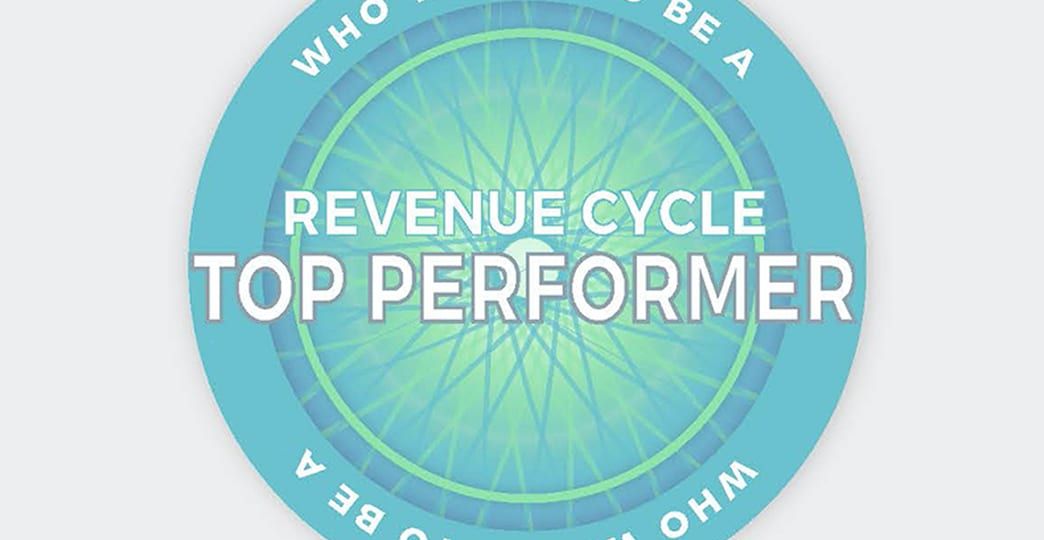By Stephen Besch, Director of Clinical Quality Reporting The rewards and risks of MIPS continue to grow, with a range…
Blog
by Steven Liu, MD, SFHM, Founder and Chief Medical Officer Our recent webinar, Overcoming Blind Spots: Using Analytics to Improve…
As hospitals go through the different stages of EHR adoption, they need different strategies. Having robust revenue capture tools and business analytics is critical.
What makes a top performer different than the rest of the market? Here are 5 questions your organization should answer if you want to be a top rev cycle performer.
While healthcare organizations often take similar approaches to revenue cycle management, the financial top performers distinguish themselves in several ways,…
There are some small steps healthcare executives can take to ensure their hospital is capturing the right charges — and not the wrong ones. Here are five tips:
One of the most effective ways to improve a healthcare organization is to learn from other successful organizations. Healthcare leaders should continually evaluate what makes their competitors thrive, and then incorporate similar strategies.
These organizations possess a vast amount of clinical, operational, and financial data, but it is exceptionally difficult to process and translate findings into actionable improvements. As a result, healthcare organizations are implementing data-gathering and reporting solutions to more easily identify underperformance.
To identify areas where performance metrics could improve quality care and revenue cycle processes, ask the following questions of your organization:








